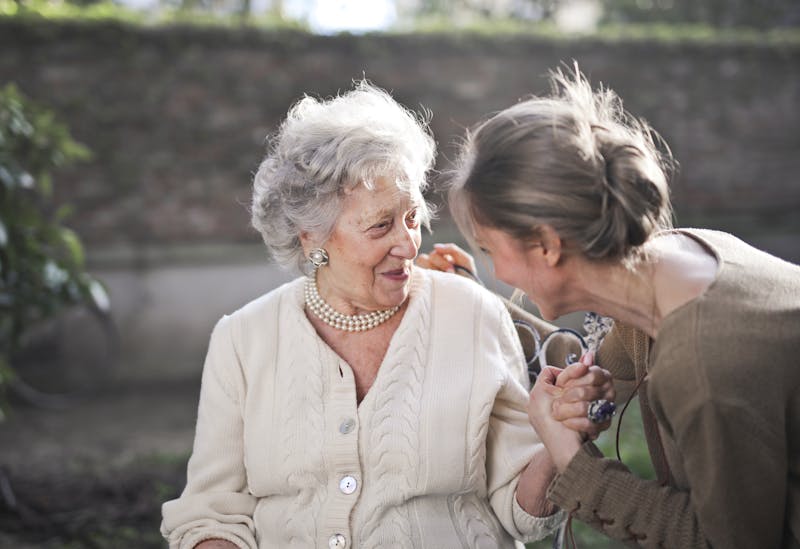Creating a Comfortable Space: Tips for Moving an Elderly Loved One Into Your Home

Relocating an elderly loved one into your home is a compassionate decision that comes with its unique challenges and rewards. Transforming your living space into a comfortable, safe environment for an aging family member requires careful consideration and planning. Understanding their needs and ensuring their comfort is paramount to creating a harmonious home for everyone involved when finding elderly housing solutions. Below, we delve into the essential steps that can help ease the transition and foster a nurturing atmosphere for your elderly loved one. Keep reading to discover how you can make the move a positive experience for the entire family.
Essential Modifications for Elderly Safety and Comfort at Home
As our loved ones age, their mobility and sensory capabilities can diminish, necessitating changes in their living environment. Safety modifications are essential to prevent accidents and ensure their well-being. Simple adjustments such as installing grab bars in bathrooms, ensuring adequate lighting, and removing tripping hazards can make a significant difference in preventing falls.
Another critical area to address is accessibility. For those with limited mobility, stairlifts or ramps may be required. Doorway thresholds can be smoothed out to ease transitions between rooms, and furniture arranged to allow ample space for walking aids such as walkers or wheelchairs.
Temperature control is also a factor in the comfort of elderly individuals, who may be more sensitive to heat or cold. Ensuring the home has a reliable HVAC system will help maintain a comfortable environment. Lots of places offers high-quality HVAC solutions that could be invaluable in adapting your home to accommodate your loved one.

Integrating Technology for Taking Care of Elderly Parents
Technological advancements can greatly enhance the lives of the elderly living in your home. Medical alert systems can offer peace of mind, assuring that help is within reach at the push of a button. Furthermore, smart home devices can be installed to control lighting, temperature, and even window blinds remotely, reducing the need for unnecessary movement.
Entertainment and communication are also important aspects of integrating technology. Devices like tablets and smart TVs can keep your elderly loved one connected to friends and family, and provide them with leisure activities such as watching movies or participating in video chats. Ensuring these devices are user-friendly and accessible is key to their effective use.
Taking advantage of delivery services can also alleviate the need for your loved one to travel far for necessities. Finding grocery delivery near you can be a practical solution that also promotes independence by allowing elders to choose their products while ensuring they receive what they need without the hassle of shopping.

Creating Elderly Housing Solutions
The aesthetics of a living space can also influence the comfort and happiness of an elderly resident. When designing an elder-friendly space, it is essential to consider their visual preferences and any sensory impairments they might have. Using contrasting colors can aid those with vision impairments, while soft furnishings and fabrics can add warmth and comfort to the room.
Organization and simplicity should also be at the forefront of design choices. Clutter can be not only a tripping hazard but also mentally overwhelming. Built-in storage and well-thought-out organization systems can make it easier for your loved one to find items and move about their space with confidence.
Providing a private area where your loved one has some autonomy is essential for their mental health. Even if space is limited, a dedicated corner or room where they can relax or pursue hobbies can make a significant difference in their day-to-day life. Ensure their space is adaptable to their hobbies and encourage independence as much as possible.
Establishing Routines and Support Systems After the Move
Once your elderly loved one is settled, establishing daily routines can provide stability and predictability, which is reassuring during this time of change. Routines relating to meal times, exercise, social activities, and rest can help structure their day and provide opportunities for them to look forward to engaging events.
Support systems are equally critical in the continuation of care. Family members, friends, and professionals can form a network that offers emotional, physical, and social support to your elderly loved one. Regular visits, phone calls, or community programs can help prevent feelings of isolation and loneliness.
Overall, transforming your living space into a sanctuary for your elderly loved one involves meticulous planning and heartfelt dedication. By recognizing their emotional needs, modifying the home environment, incorporating elder-friendly design, integrating smart technology, and establishing routines, you create a nurturing and secure setting. Embracing these strategies ensures not only the comfort and happiness of your loved one but also enriches the quality of life for your entire household.

